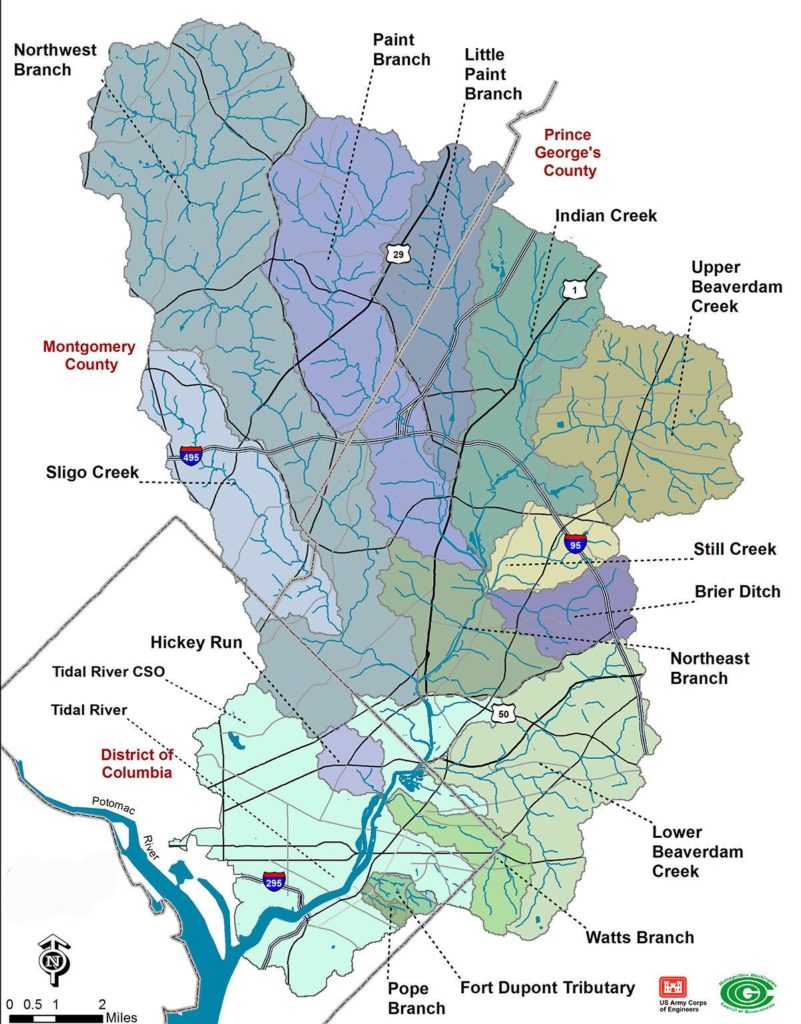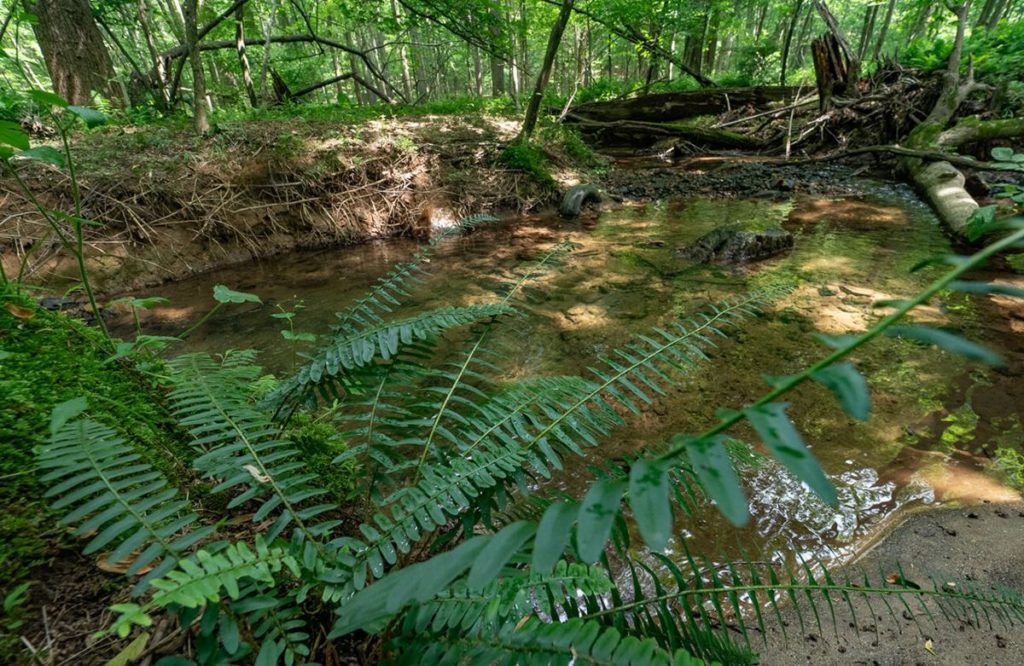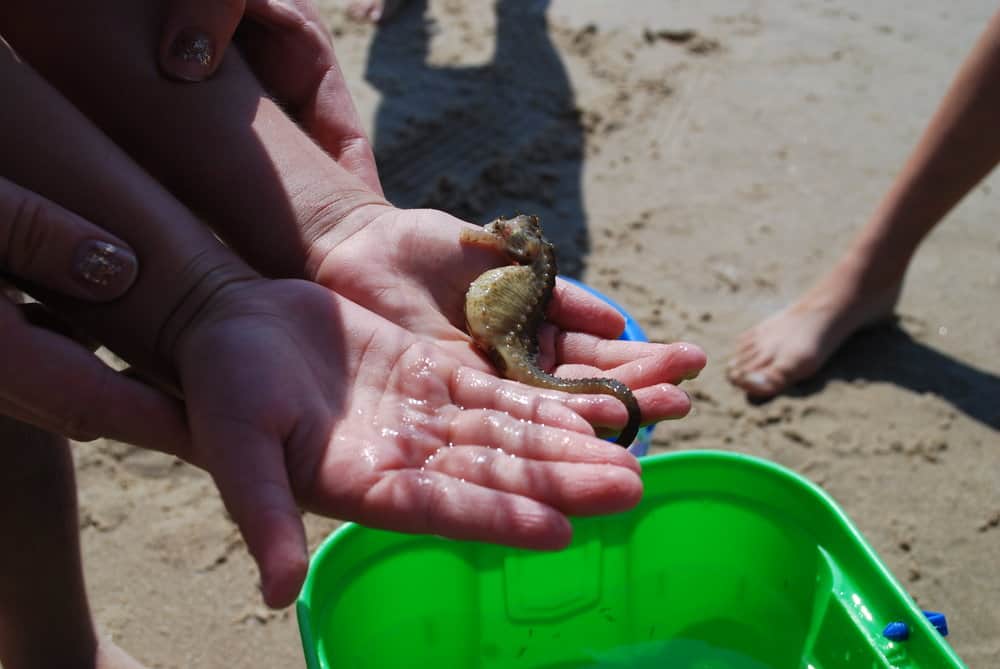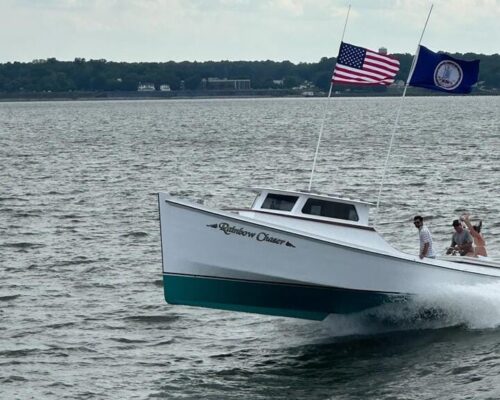By Whitney Pipkin, Bay Journal News Service
Federal and local governments are preparing to spend an estimated $34 million on stream restorations in two branches of the Anacostia River, which flows from Maryland headwaters into the District of Columbia. After years of planning, construction is scheduled to begin in the fall of 2022.
The U.S. Army Corps of Engineers (USACE) split the $1.8 million study costs for the project with Prince George’s County, Md., where the work will occur. They will restore seven miles of stream habitat in the river’s Northwest and Northeast branches in Prince George’s County. Removing blockages to fish passage will open up four miles of stream for species such as alewife and blueback herring to spawn and connect them to 14 miles of previously restored stream reaches.
“One of the major features of this project is [that it will] link all of those previous efforts and open up a larger corridor of restored streams, so the fish can travel farther upstream,” said Tham Saravanapavan, a project manager for USACE.
The $34 million expected to be spent on these second and third order streams encompasses about six major projects made possible by decades of collaboration between federal, state and local governments and other partners. They are some of the larger projects among the 3,000 that were first proposed for the river in a sprawling 2010 Anacostia Restoration Plan.
“The Anacostia River will never again be the pristine river watershed it was before development and urbanization,” the introduction to the 163-page plan states. “However, the watershed can and should be restored and protected to achieve environmental and ecological function and sustainability.”
Work to improve the Anacostia, which runs through populous Maryland counties and Washington, D.C. into the Potomac River, began in earnest, like many clean water initiatives, in the 1970s. Lawmakers and local residents could no longer ignore the impact of “converting the natural landscape into an impervious, manmade landscape,” as Saravanapavan put it.
Since then, millions of dollars have gone toward retrofitting wastewater and sewer systems, reducing impervious surfaces and improving habitats in and around the river. Among the next major steps in the mainstem of the river is removing toxic sediment from the bottom of the river, where industrial pollution along its banks has left a legacy of contamination.
Chris Williams, CEO of the Anacostia Watershed Society, said stream restoration work in the upper reaches is an important piece of that big-picture puzzle. And, after decades of laying the groundwork, many of those major projects, such as toxics remediation, will be coming online around the same time.
“In order to make sure that the Anacostia system is top-to-bottom restored, you need to not only work in the mainstem but also in these tributaries that are sources of new pollutants,” he said.

If unrestored, upland streams can contribute excess nutrient and sediment pollution to the river. Gushes of stormwater from surrounding developed areas scour dirt away from stream banks and send it careening downstream. Reducing some of those hardened surfaces and adding rain gardens and retention ponds can reduce flows to waterways. That work, called best management practices or BMPs, has been underway for years in Prince George’s County.
“Upland BMPs are instrumental to anything that is done with the receiving waters,” said Frank Galosi, head of the county’s stormwater management division. “All that is collectively needed to address the issues. It’s all connected.”
Many of the smaller streams that feed the sections involved in this project have been previously restored. This effort will carry those benefits farther downstream to second and third order streams that are wider and often faster flowing—making the work more difficult. That is one of the factors driving the project’s cost, along with the sheer scale of the work, Galosi said.
The project will entail moving or working around infrastructure that blocks fish from traveling upstream, including old utility crossings and culverts. Removing blockages in the Northwest Branch and along Sligo Creek will increase access for alewife and blueback herring from about 20 percent of their historic habitat range to about 80 percent. In the Northeast Branch, those improvements will allow the fish to reach 90 percent of their historic range, compared with 10 percent currently.
Williams of the Anacostia Watershed Society said the work will benefit not just the fish but also the people who call this region home.
“These are urban streams,” he said, “but they are increasingly becoming an important part of the landscape to improve the livability of towns and communities.”




